Greater Celandine has appeared to me before singly. Only one plant at a time did I ever see until I went to Little Buffalo State Park on 30 April 2010.
Greater Celandine, Chelidonium majus, grows to 1-2 feet tall with their yellow flowers at the highest points on flower stems that project from leaf axils. It is an alien plant in the U.S. and native to Europe.
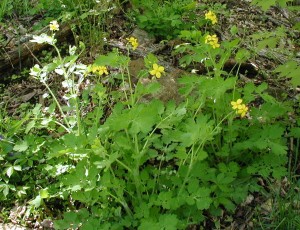
The leaves of greater celandine are unique. Perhaps that is why the plant is in its own genus – ther are no other members of Chelidonium. The compound leaves have typically five leaflets in a pattern with rounded teeth that may be so big that the leaflets have lobes.
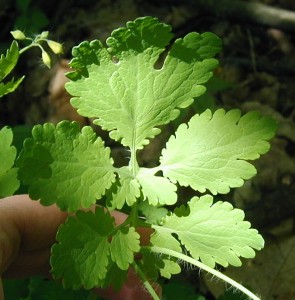
Isn’t that the craziest leaf you’ve ever seen? There’s not another one like it. For sure you’ll be able to identify greater celandine, even if it’s not flowering, just by looking at the leaves.
Loose clusters of 3/4-inch wide flowers with one to a few blossoms flowering at one time top the celandine plant. Note the bright yellow flowers with bushy stamens and four petals held out flat.
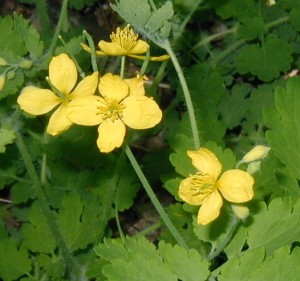
In the image above note the long hairs on the flowers pods and flower stems.
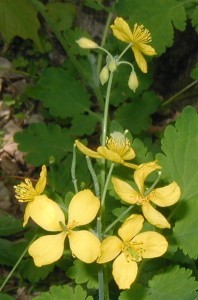
In the image above you can see the green part of the flower that will lengthen into the seed pod. Note that there are long and smooth, slender seed pods present from previously fertilized flowers, and also flower buds that have yet to open on the taller stem.
Greater celandine is found in wooded areas, especially near the edge of paths or roads or other open areas.
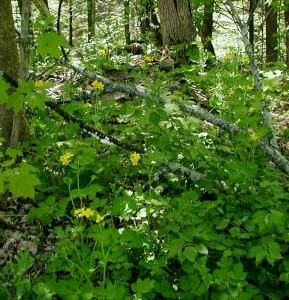
In the image above there are about ten greater celandine plants as noted by their clusters of bright yellow flowers. These celandine were at the edge of the woods as an open field was behind the photographer.
The Peterson Medicinal Plants Guide warns us that the yellow juice obtained by breaking a stem is highly irritating, allergenic and most likely poisonous. At one time the yellow juice was used as a folk remedy for skin problems like warts, eczema and ringworm, but due to its toxicity we can’t recommend using celandine for any remedy. However, modern herbalists might disagree and use greater celandine for a number of ailments.
![Reblog this post [with Zemanta]](http://img.zemanta.com/reblog_e.png?x-id=1cae8b73-6203-4291-ae55-8b6bc20630e1)
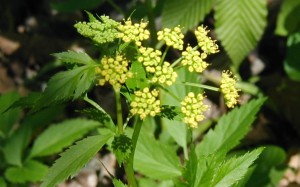
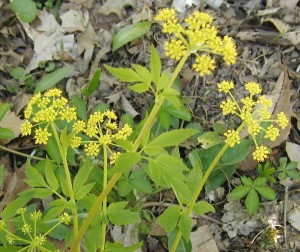
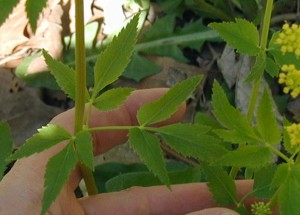
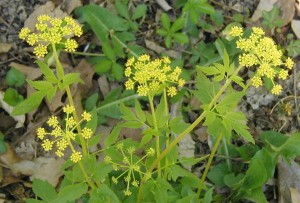
![Reblog this post [with Zemanta]](http://img.zemanta.com/reblog_e.png?x-id=aab388fc-a65b-46a8-9bdd-f2af34f5da3b)
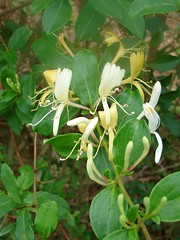
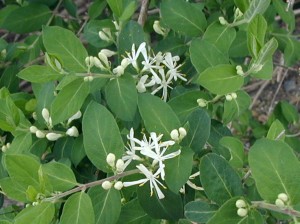
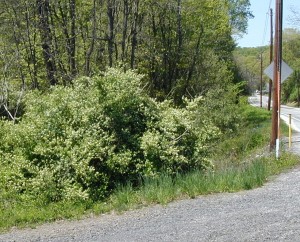
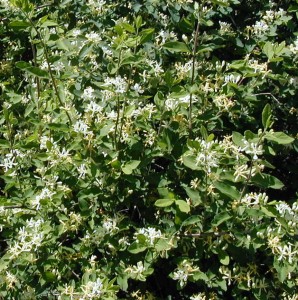
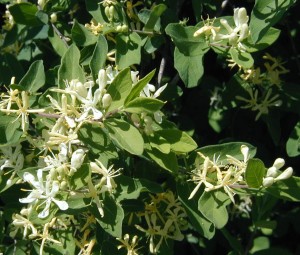
![Reblog this post [with Zemanta]](http://img.zemanta.com/reblog_e.png?x-id=c78e9304-f3cf-4463-bf34-3f546209fa3c)
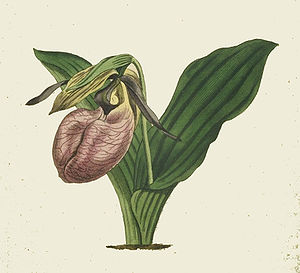

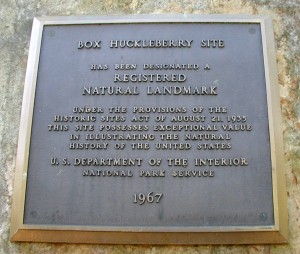
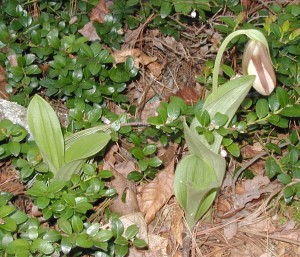
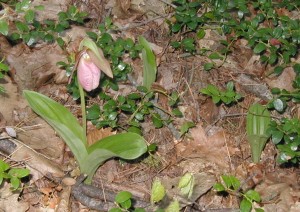
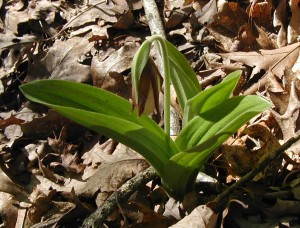
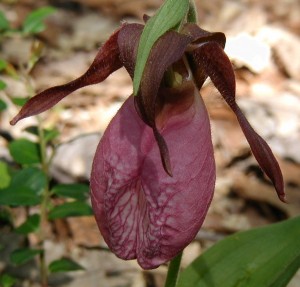
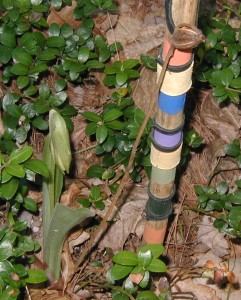
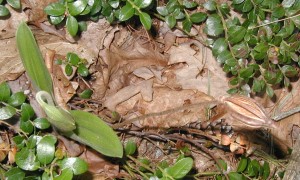
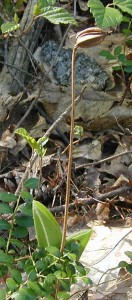
![Reblog this post [with Zemanta]](http://img.zemanta.com/reblog_e.png?x-id=073f006e-fb3a-4f49-906e-66c172d700a1)
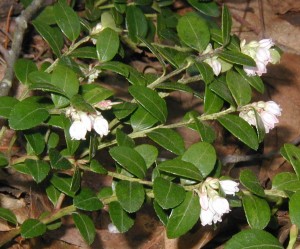

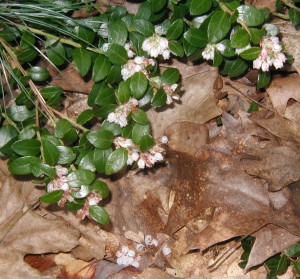
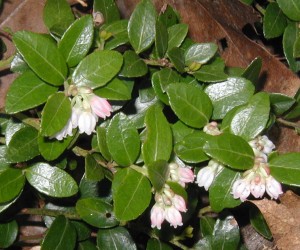
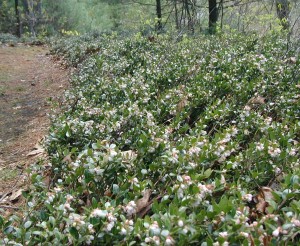
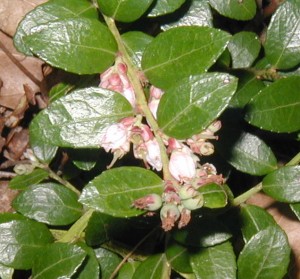
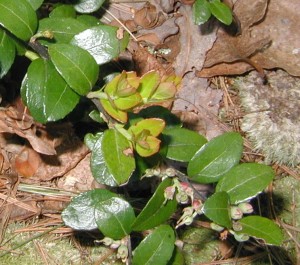
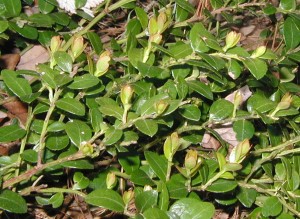
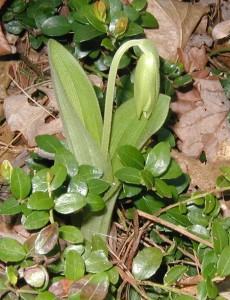
![Reblog this post [with Zemanta]](http://img.zemanta.com/reblog_e.png?x-id=6fdbde6a-c5c6-4869-84d4-574adac7cafd)
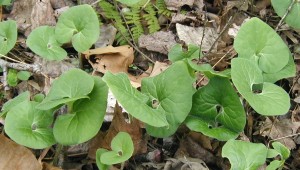
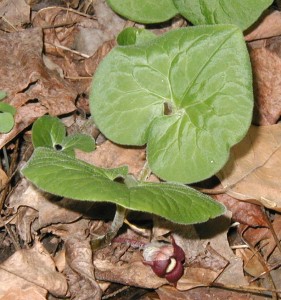
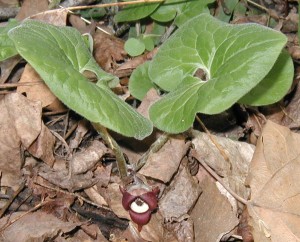
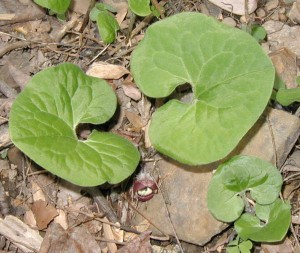
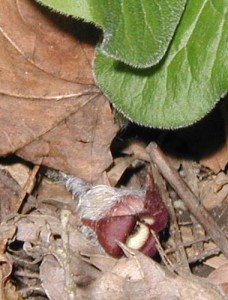
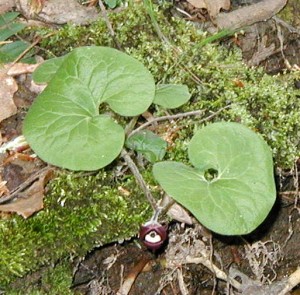
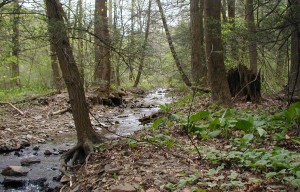
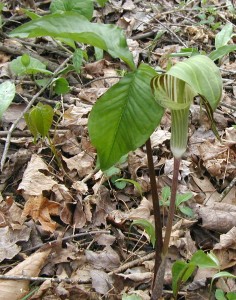
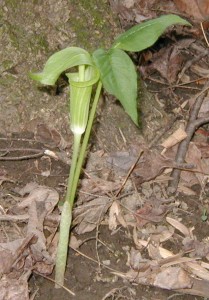
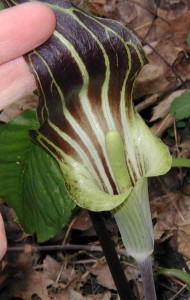
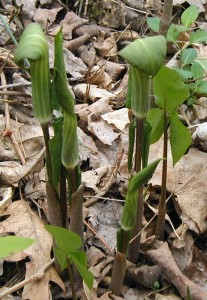
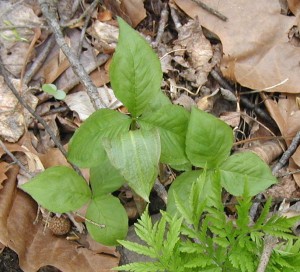
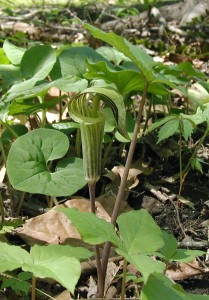
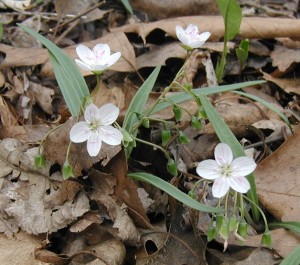

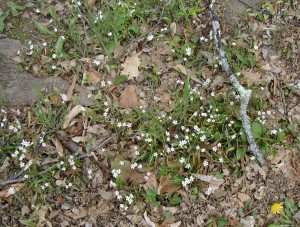
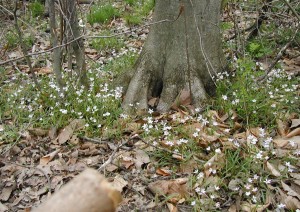
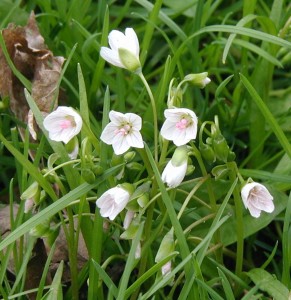
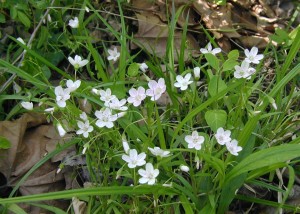
![Reblog this post [with Zemanta]](http://img.zemanta.com/reblog_e.png?x-id=1aba0d1b-c2a8-4bef-87b1-3a8ac954cbba)